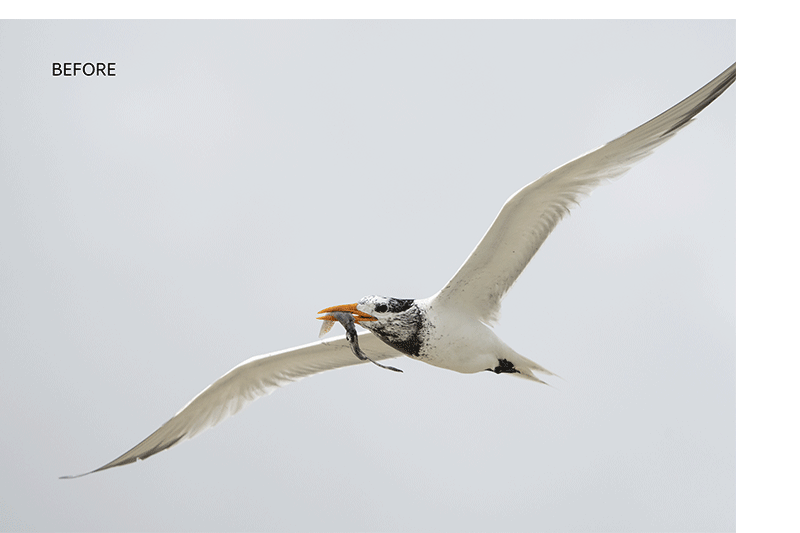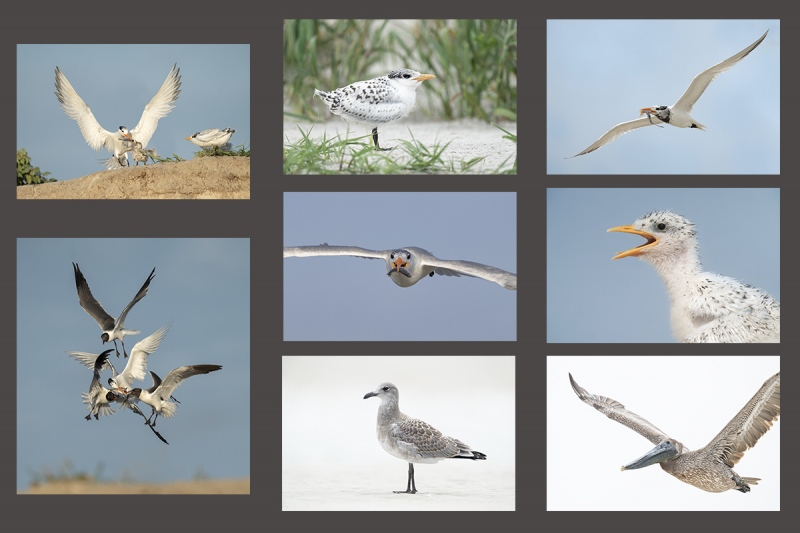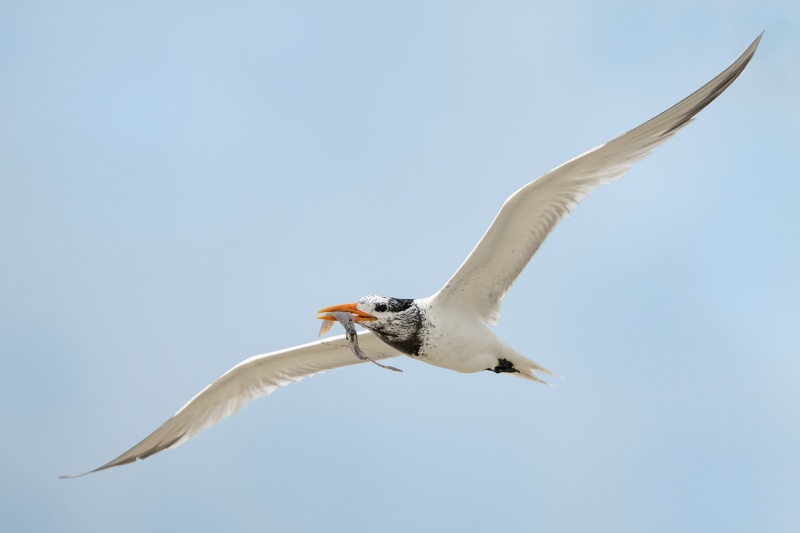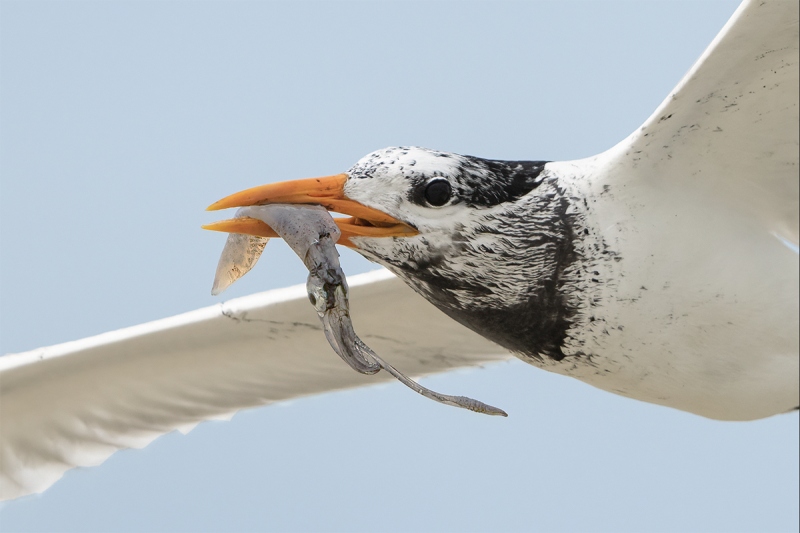What’s Up?
It’s been amazing here. It has not rained a drop here for the past two days. Prior to that, there had not been a day without at least one torrential downpour in more than a month. I did get out early to photograph the beautiful lily that I found on my walk the previous evening; I used both the SONY 600 f/4 GM and the Canon 180mm macro lens with the Metabones adapter. I did my bursts and a swim. And I spent well more than an hour post-processing today’s featured image. There is a ton to learn below.
Today is 6 July 2021. It is a still and overcast morning. After I finish this post, I will take a walk and get started on my 2020 tax return. Wherever you are, and whatever you are doing, I hope that you too have a great day.
This blog post took about three hours to prepare (including the time spent on the research and the image optimizations), and makes 191 consecutive days with a new one. Please remember that if an item — a Delkin flash card, or a tripod head — for example, that is available from B&H and/or Bedfords and is also available in the BAA Online Store, it would be great, and greatly appreciated if you would opt to purchase from us. We will match any price. Please remember also to use my B&H affiliate links or to save 3% at Bedfords by using the BIRDSASART discount code at checkout. Doing either often earns you free guides and/or discounts. And doing so always earns my great appreciation.
|
|
Short-Notice JAX IPT #2 |
Short-Notice JAX IPT #2
Room for a Single, a Couple, or More …
Photography, especially of birds in flight, was so phenomenal at the Jacksonville Royal Tern/Sandwich Tern/Laughing Gull/Brown Pelican rookery that I will be returning in a week. The only time I have experienced such non-stop flight action was on the gannet boat in Scotland. Two folks have committed to attending the 4-DAY IPT starting with the afternoon session on WED 14 July and ending with the morning session on SUN 18 July. It will be worth flying down for this one. Couples are welcome!
Please e-mail immediately or call my cell if you would like to join me or learn the details; arranging for a great AirBnB will be one of the keys to success so the sooner the better. Or call my cell at 863-221-2372.

|
Royal Tern with Squid/Before and After
There is not much you can do in the field with a white sky as you need to expose properly to the right. I had several good chances on this bird as it flew circles over the colony looking for its chick. The original — the BEFORE image here, was the single best frame (but for the fact that I clipped the end of the primaries of the bird’s near-wing). This image was made on the closest fly-by, featured the best head angle, and best showed the ink-stain on the tern’s breast that had been inflicted by the squid.
I knew that I wanted to try to repair the clipped wingtip and BLUE-up the sky a bit but was not sure that I would succeed. I converted the image in ACR adding +0.20 stops of light, setting the WHITE (+8) and BLACK points (+10), pulling down the Highlights to -21, and moving the Shadows sider to +18. Once in Photoshop, I ran DeNoise on Low Light/AUTO. Then I executed a Content-Aware Crop hoping that that would do a half decent job with the missing wingtip. I messed around with that result for about twenty minutes before discarding it. I knew that I would need to re-build the missing wingtip from scratch as I had no source material to work with. I worked with a series of very small, transformed Quick Masks refined by the addition of Regular Layer Masks. After about thirty minutes, I was satisfied with the repair.
To lighten the squid, I made a very careful selection of the small sea creature by using the + and – Magnetic Lasso Tools and then put the selection on its own layer. Next, I lightened the squid by pulling up the curve (Command + M). Then I tried something that I has never done before in Photoshop: I ran Filter > Camera Raw Filter on the selection only. I moved the Texture, Clarity, Dehaze, and Vibrance sliders to about +12. It was sort of a poor man’s Viveza without having to use the Control Points. In any case, I was happy with the results. Now it was on to BLUE-ing up the sky.
I had tried (and failed) to do that well with yesterday’s young Brown Pelican flight image, but I learned some important lessons by failing with that one. First I made a very careful selection of the tern again using the + and – Magnetic Lasso Tools. Very careful. I feathered the selection one pixel, placed it on its own layer, turned off the eyeball for that layer, and brought the layer below into Viveza. Improving my efforts from the previous day, I worked with about twenty (Grouped) Control Points of varying sizes. I darkened the sky a bit and played with the BLUEs a bit. When those changes looked good, I hit OK. As expected, the changes had some effect on the bird. By simply clicking the eyeball on the topmost layer back on, I had the original bird back without any problematic edges.
All in all I spent about an hour and twenty minutes on the post-processing. Was it worth it? For me, that would be a very big yes. Have you ever seen a decent image of a tern with an ink-stained breast with a squid in its bill?
|
|
The BIRDS AS ART Current Workflow e-Guide (Digital Basics II).You can order your copy from the BAA Online Store here, by sending a PayPal for $40 here, or by calling Jim or Jennifer weekdays at 863-692-0906 with your credit card in hand. Be sure to specify Digital Basics II. |
The BIRDS AS ART Current Workflow e-Guide (Digital Basics II)
The tools and techniques mentioned above (including the raw conversions in ACR) and tons more great Photoshop tips and techniques — along with all of my personalized Keyboard Shortcuts — are covered in detail in the BIRDS AS ART Current Workflow e-Guide (Digital Basics II), an instructional PDF that is sent via e-mail. Learn more and check out the free excerpt in the blog post here. While the new e-Guide reflects my MacBook Pro/Photo Mechanic/DPP 4/Photoshop workflow, folks using a PC and/or BreezeBrowser will also benefit greatly by studying the material on DB II. Note: folks working on a PC and/or those who do not want to miss anything Photoshop may wish to purchase the original Digital Basics along with DB II while saving $15 by clicking here to buy the DB Bundle.
Folks who learn well by following along rather than by reading, can check out the complete collection of MP 4 Photoshop Tutorial Videos by clicking here. Note: all of the videos are now priced at an amazingly low $5.00 each.
You can learn how and why I converted all of my Canon digital RAW files in DPP 4 in the DPP 4 RAW Conversion Guide here. More recently, I became proficient at converting my Nikon RAW (NEF) files in Adobe Camera Raw. About two years ago I began converting my Nikon and Sony RAW files in Capture One Pro 12 and continue to do so today.
To purchase Capture One, please use this link. Then you can learn more about Capture One in the Capture One Pro 12 Simplified MP4 Video here. The next step would be to get a copy of Arash Hazeghi’s “The Nikon Photographers’ Guide to Phase One Capture One Pro e-Guide” in the blog post here.
You can learn advanced Quick Masking and advanced Layer Masking techniques in APTATS I & II. You can save $15 by purchasing the pair.
|
|
|
This image was created on 28 June, the first morning of the first JAX IPT. I used the hand held Sony FE 200-600mm f/5.6-6.3 G OSS lens (at 433mm) and The One, the Sony Alpha 1 Mirrorless digital camera. ISO 1600. Exposure determined via Zebras with ISO on the rear dial: 1/3200 sec. at f/6.3 (wide open) in Manual mode. RawDigger showed this exposure to be 1/3 stop too dark. AWB on an overcast morning. Wide/AF-C was active at the moment of exposure and performed perfectly. Click on the image to see a larger version. Image #1: Royal Tern carrying squid with ink stains on breast |
Lolliguncula brevis
Lolliguncula brevis — AKA Atlantic brief squid, Western Atlantic brief squid, or Southern brief squid, is a small species of squid that is found in shallow parts of the western Atlantic Ocean, most frequently in shallow waters along the eastern seaboard of the United States as far north as Delaware. It is also found along the coasts of Central and South America.
Thanks to Dr. Fish, blog regular David Policansky, who sent the screen capture I sent him to his friend, invertebrate zoologist Jim Carlton, who wrote,
“It is the common southern squid, Lolliguncula brevis — which is the southern relative of our common New England squid — seen in the markets and used for bait, Doryteuthis pealeii (long known as Loligo pealeii).”
|
|
Image #1A:Tight Capture One screen capture of the Royal Tern carrying squid with ink stains on breast image |
Is the SONY Alpha a1 Worth $6500?
First, be sure to click on the Capture One screen capture above to see the incredible sharpness and fine detail on today’s featured a1 image. Then, consider this:
In late 2002, just two years after starting with digital photography I purchased a new EOS-1Ds, a full-frame 11.1-megapixel digital SLR camera body made by Canon. I paid $7,999.00 then, equivalent to $11,509.00 in 2020 dollars! Do understand that this body was the first-ever full frame dSLR and that the 11.1-MP files were huge at the time. The shooting speed was three frames per second and you were limited to ten-frame bursts before hitting the buffer and waiting a full minute for it to clear … High ISO noise was well controlled. I sold the body two years later for $2,000.00. Talk about depreciation! And today, you can purchase a decent used copy for less than three hundred bucks. Yikes!
The full-frame Sony Alpha a1 features 51-MP files, 30 frames per second shooting (in Compressed RAW), an almost limitless buffer, and a science-fiction-like autofocus system. From where I sit, the a1 is a huge bargain. That’s why I own two of them.
SONY and artie
Switching to SONY, first with the a9 and the a9 II, and then with the remarkable a1, has enabled me (and others, like Mike De Rosa as seen recently in the blog post here), to create images of birds in flight and in action that I could not have even dreamed of when using Canon for 33 years and then Nikon for more than two.
From Joe Barranco via e-Mail
Thanks for your great ideas on the A1 set up. I have been getting MANY more keepers doing things your way!
From Barbara White via e-Mail
Wow, I just gotta say – I learn so much from the SONY Alpha a1 Set-up and Info group! My camera is on my desk, and I’m always picking it up and changing something that I’ve read about in the e-mails.
Thanks, Barbara
From Janet Horton via e-Mail
Hi Artie, Mystery solved. Yes, I was able to replicate what you did. I forgot that you have to set self-timer using the upper dial. I am used to that being a MENU selection.
Thanks much, Janet
SONY Alpha a1 Set-up and Info Group
The SONY Alpha a1 Set-up and Info Group is going great guns as more and more folks chime in with thoughtful questions and experience-based answers. As the a1 is becoming more readily available, more and more folks are getting their hands on this amazing body. With two folks joining yesterday, we are now up to an astounding 64 lucky and blessed photographers! Early on, we discussed the myriad AF options. I gave my opinion as to the best one for flight and general bird photography. More recently, we have been in contact with folks at SONY sharing our thoughts, experiences, and frustrations with the EVF blackout problem.
All who purchased their Alpha a1 bodies via a BAA affiliate link will receive a free subscription to the Sony Alpha a1 Set-Up and Info Updates after shooting me their receipts via e-mail. (Note: it may take me several days to confirm B&H orders.) This same service may be purchased by anyone with an a1 body via a $150.00 PayPal sent to birdsasart@verizon.net indicating payment for Alpha a1 Info Updates. Alternatively, folks can call Jim weekdays at 1-863-692-0906 to pay via credit card. New members will receive composite e-mails that summarize all previous discussions.
Typos
With all blog posts, feel free to e-mail or to leave a comment regarding any typos or errors.


















With the title of this blog post being “Inked by a Squid,” I thought it was going to be YOU that had been inked by the squid. I think that would have been more spectacular.
You should be so lucky! Me too.
with love, artie
Artie,
Great Blog post. Thanks for walking through the wing repairs and blue sky. Squid Ink. Too cool!
Joe
Thanks, Joe. Hope to see you for more learning at some point — lots of FL trips coming in the next year.
with love, artie
Artie: Nice repair job! This would make a good “wing tip repair” video, as a follow-on from your previous one, which I purchased some time ago.
Thanks, Paul. But I needed to think of that before I did the work 🙂
I will do one with a frigatebird from DeSoto where I need to create a wingtip without any source material …
with love, a
I’m always impressed with your “reconstruction surgery” on various bird parts. I am wonder though, because you were photographing many Royal Terns in flight, did you have any other bird with similar-enough wing position that could’ve been used for the repair by doing a copy & paste and then some rotation & transformation?
Thanks, Muhammad. I looked around a bit for a good source but did not find anything even close …
with love, artie